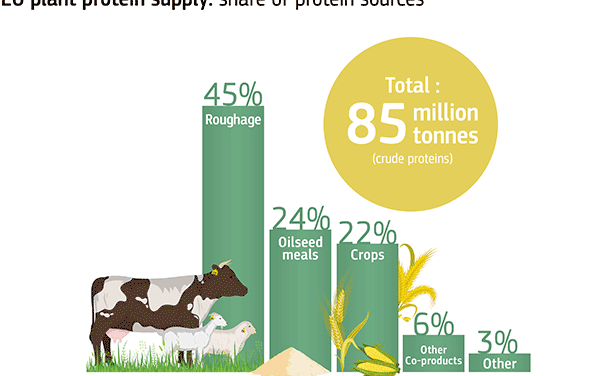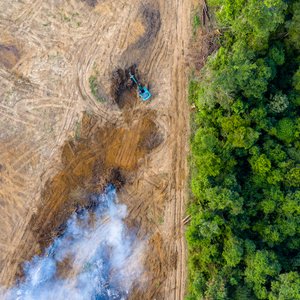The European Commission has published the EU Feed Protein Balance Sheet for 2017/2018. The balance sheet shows that roughage, such as grass and silage maize, is the main source of feed protein, representing 45% of EU total feed use. Oilseed meals supply almost a quarter of the feed proteins. While the EU is fully self-sufficient in roughage, the EU produces only 26% of what it consumes for meals from soybean and rapeseed. Looking at the total EU use, about 80% of the feed is from EU origin.
With roughage included for the first time, the updated EU Feed Protein Balance sheet presents the feed supply, demand and trade of various protein sources. This includes crops (cereals, oilseeds and pulses), co-products (meals from crushing soy, rapeseed and sunflower as well as protein-rich materials that result from processed arable crops), non-plant based sources (animal proteins, former foodstuffs) and roughage (grass, silage maize, fodder leguminous).
Commissioner Hogan welcomed the publication as a significant improvement of market transparency and as an important follow-up on the Commission’s report on the development of plant proteins in the EU.
In terms of protein content, the balance sheet also shows that the EU’s self-sufficiency rate is high for products with less than 15% protein content and for products with over 50% protein content, respectively at 97 and 92% of self-sufficiency. In contrast, the EU produces only 29% of what it consumes in products with a protein content of 30 to 50%.
Check the EU Feed Protein Balance Sheet here.








